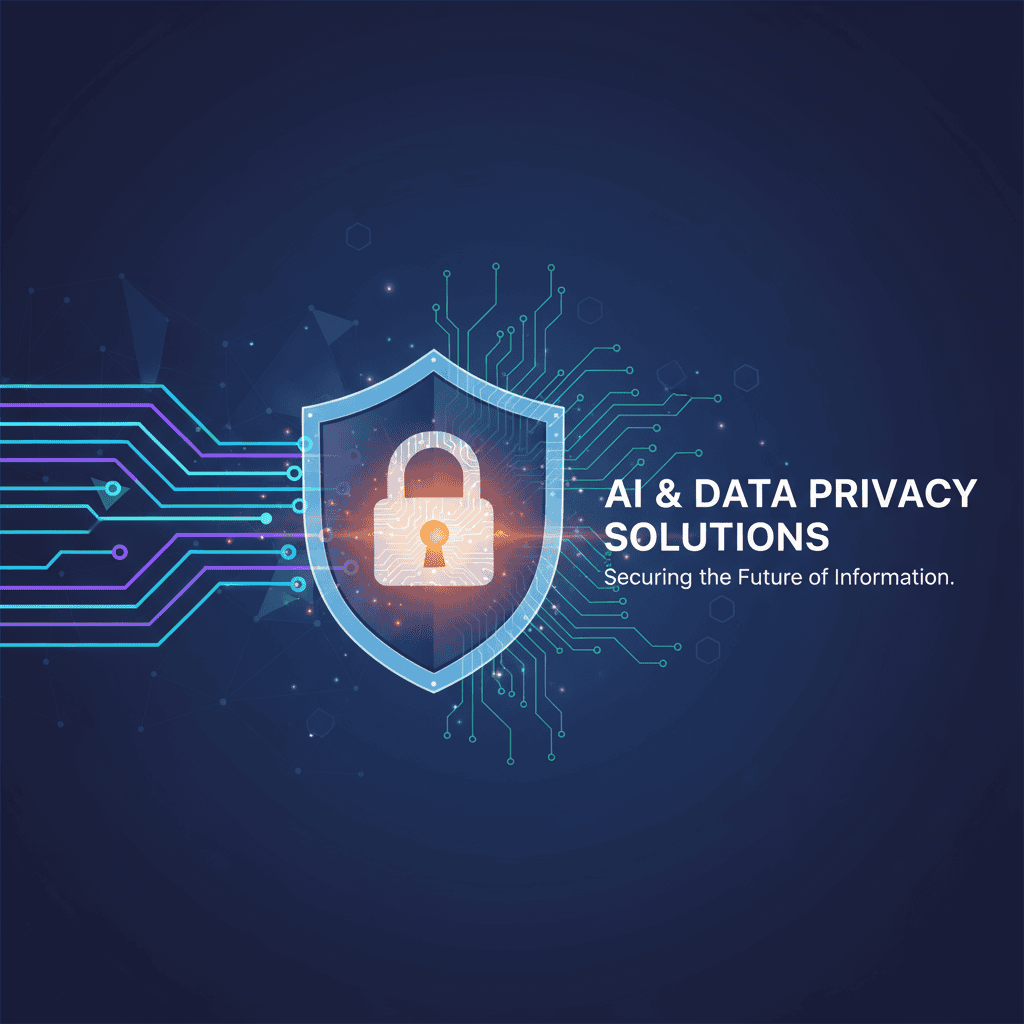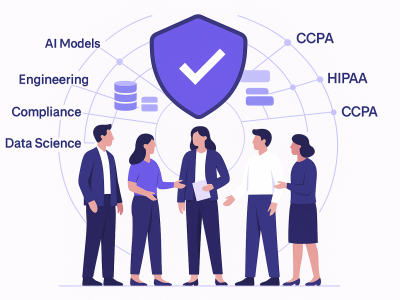The Cost of Reactive Privacy
Many organizations still treat privacy as something to add on later – scripts, manual exceptions, or patches that meet compliance requirements but rarely strengthen long-term governance. This “bolt‑on” approach might work temporarily, but it creates structural weaknesses that slow development and undercut trust.
As discussed in Privacy by Design: The AI Podcast, Episode 2 – What It Takes to Build a Privacy‑First AI Product, reactive privacy programs often lead to bottlenecks, frustrated teams, and a compliance posture no one actually respects.
At one UK bank, for example, it took six months for developers to gain permission to access protected data. To get their work done, most filed exceptions that bypassed controls. Over time, adoption of “the rules” fell to near zero, a cautionary tale of what happens when privacy is treated as an afterthought rather than a design principle.
Building Privacy Into the AI Solution
A privacy‑first model looks very different. Instead of relying on gatekeeping and approvals, strong programs automate privacy controls at the platform level. They ensure that the “secure path” is also the fastest and easiest for developers. This shift turns compliance into an enabler, not an obstacle.
Teams that document both how and why privacy decisions are made can sustain momentum through staff turnover, regulatory shifts, and even rapid AI model evolution. Privacy, in other words, stops being “compliance overhead” and becomes part of the development process itself.
The Role of AI in Strengthening Governance
AI can help scale and enhance privacy‑first development by automating risk detection, surfacing policy recommendations, and streamlining repetitive workflows. Automation ensures consistency across teams while reducing the manual overhead that slows deployment.
However, AI does not, and should not, replace design and governance principles. Human oversight defines the boundaries, ensuring automation serves the organization’s values and ethics. The strongest programs blend both elements to create lasting resilience.
Privacy and Performance Can Coexist
Organizations that integrate privacy from day one gain the dual advantage of speed and trust. Instead of trading one for the other, they build systems that evolve confidently alongside regulatory and technological change.
That’s what Episode 2 of Privacy by Design: The AI Podcast explores in depth: how privacy‑first AI development helps teams move faster, lower risk, and stay ready for whatever comes next.
Listen to the full episode:

A Guide to Smarter Data Privacy: Building AI with Trusted Data
Safe AI isn’t just a step you add at the end. It’s a discipline you build into how data flows. This playbook shows security, data, and ML leaders how to one, keep a live map of sensitive data, two, apply proportional protections before training or indexing, and three, generate audit evidence automatically so you ship faster, with lower risk and fewer rework cycles. What you’ll get: a live sensitive-data landscape, enforceable pipeline gates, and a simple scorecard to prove quality and compliance.

